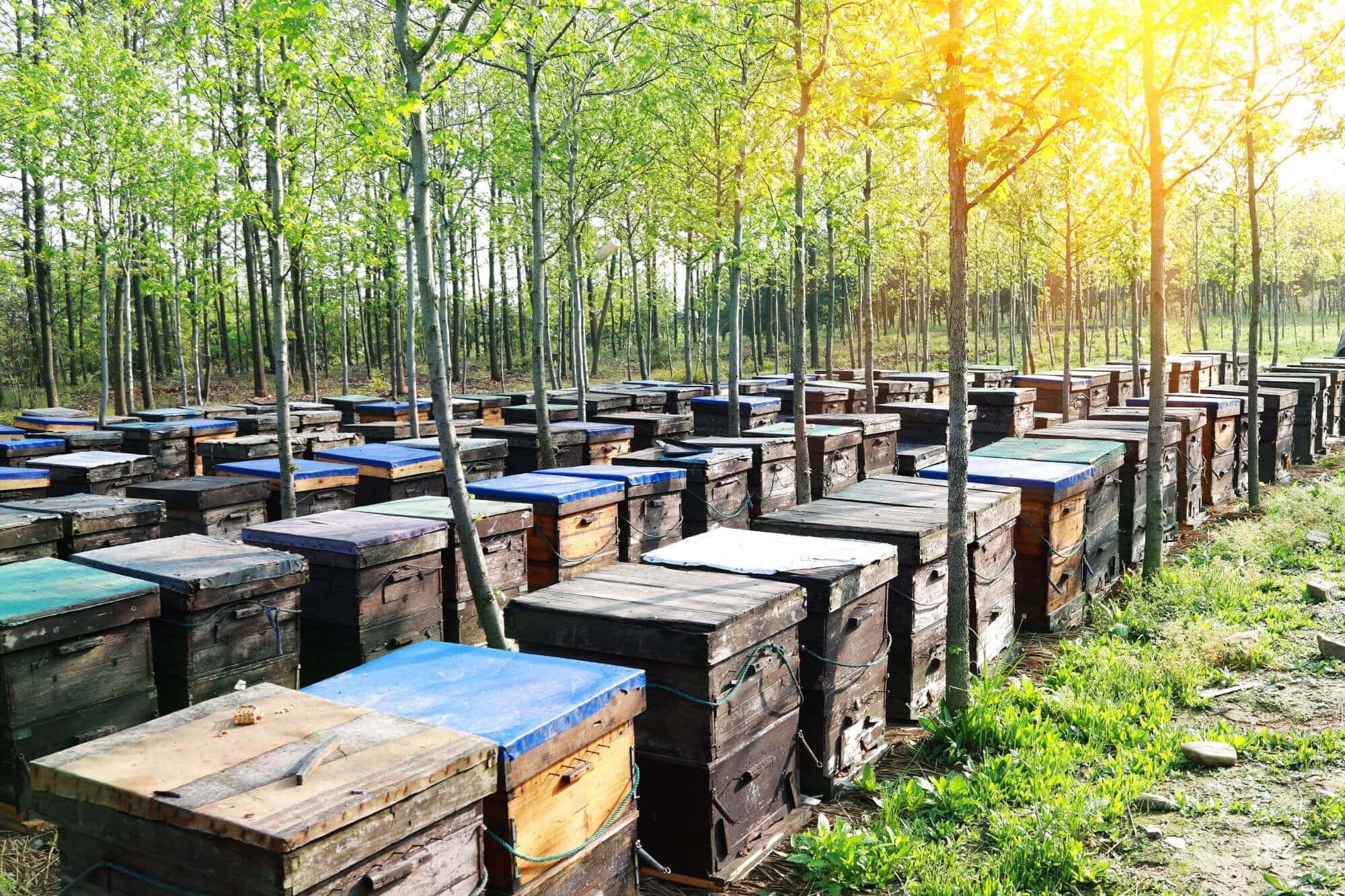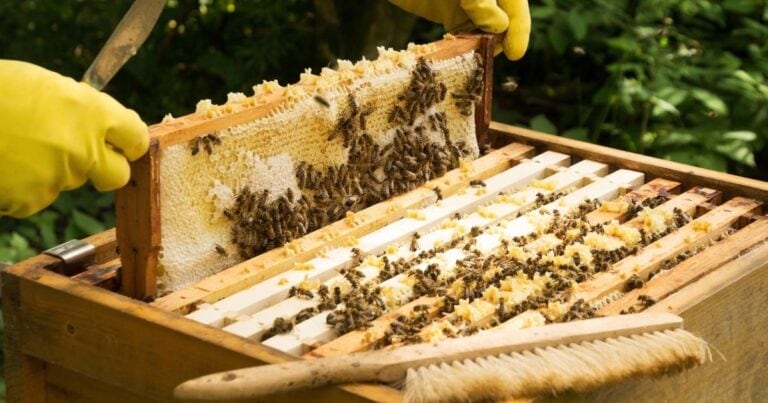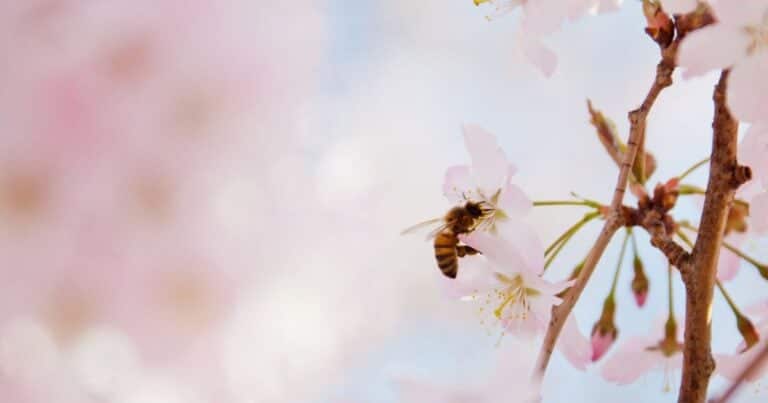Royal Jelly Harvesting in China
Royal jelly is a superfood for bees and humans alike. So, what is royal jelly exactly, and why is China experiencing a massive boom in demand?

Royal jelly is a honey bee secretion that comes from glands in the hypopharynx of worker nurse bees.
Fed to all the larvae in a hive regardless of their sex or caste, it is injected in copious amounts in custom-made queen cells due to its high levels of nutrition.
By embedding this magic solution into these cells, the larvae morph into queens instead of regular worker bees.
For this reason, royal jelly is a vital component to the honey bee life cycle, feeding larvae from all castes, but also acting as a miraculous tonic that can transform ordinary larvae into royalty!
So how and when did this superfood for bees become a superfood for humans?
In Western society, royal jelly has quite recently been hailed as a magical, milky substance with perceived benefits from revitalising aging skin to aiding the symptoms of Alzheimer’s disease.
However, these medicinal benefits are yet to be scientifically validated, and the products – mainly in the form of supplements and creams – still fall within the arena of alternative medicine.
Despite some scepticism about the validity of the health benefits associated with royal jelly, many are drawn to the undoubtedly nutritious serum for a variety of reasons.
Due to its promised benefits, the harvesting of royal jelly on a commercial scale has evolved, utilising methods that encourage the production of more queen bees in a hive.
This is achieved using movable frames that can be taken out of the hive, and the collection of royal jelly from the individual queen cells. As there is more jelly in the queen cells, this is where the maximum harvest occurs. This is done when the queen larvae are only a few days old.
However, in China, royal jelly production is experiencing a massive boom.
Of the 4,000 tonnes of royal jelly produced per year worldwide, 175 tonnes come from Australia compared to a massive 3500 from China.
In traditional Chinese culture, royal jelly is seen to increase energy and prolong youthfulness. Here, the harvesting process is being considerably sped up via the use of technologies (Royal Jelly Machine, for example) to decrease the labour time of manually removing the jelly from the larvae cells, as well as the use of chemicals and pesticides (some banned in Australia).
Due to the growing differences in harvesting potentials and speed, the Australian royal jelly industry will need to establish both low-cost production systems and a price premium over competitively priced Chinese products in order to make a profit from their local product.
Further innovations, such as harvesting technologies, genetics and colony manipulation will also be important considerations if the Australian industry is to compete.



